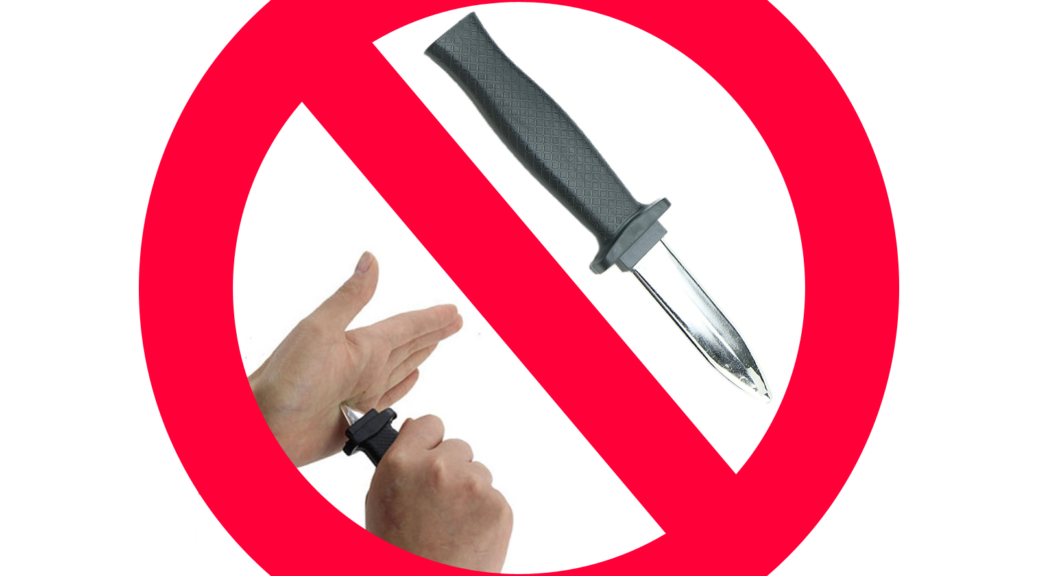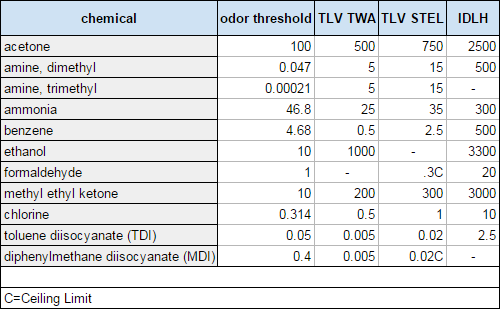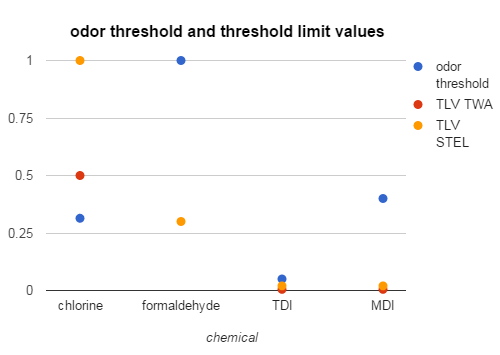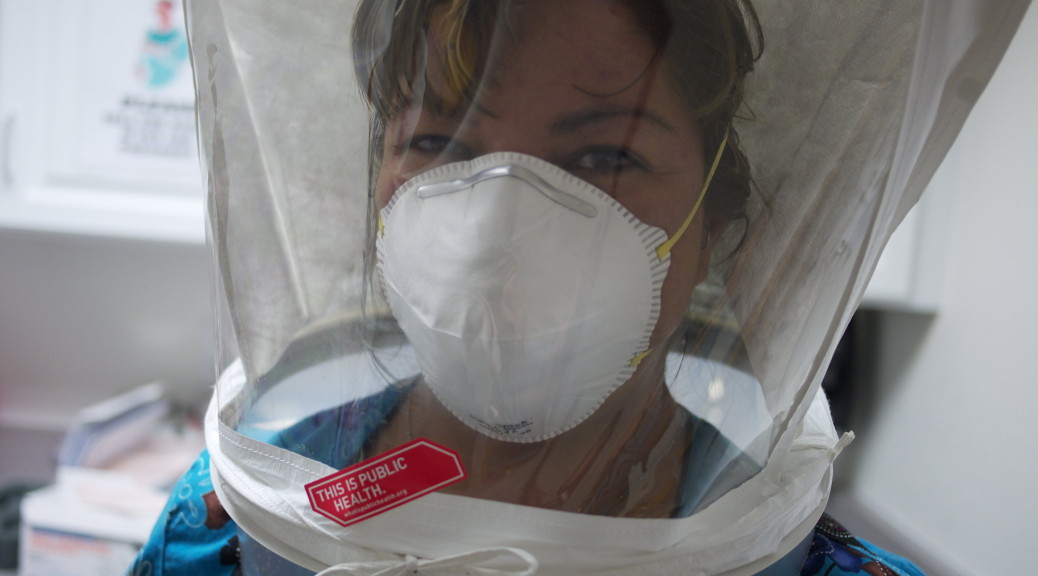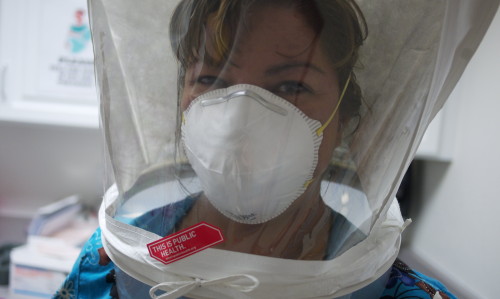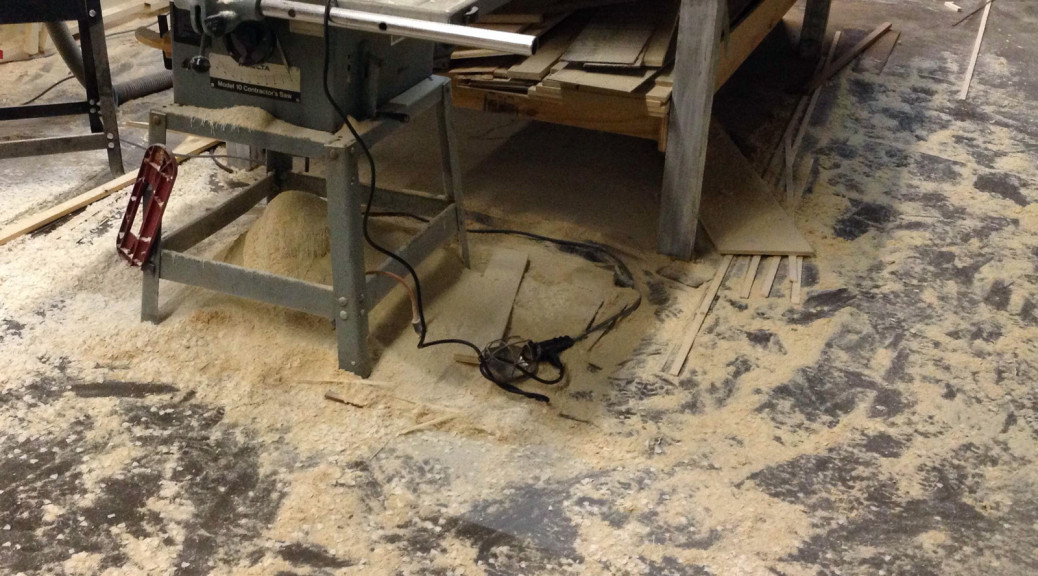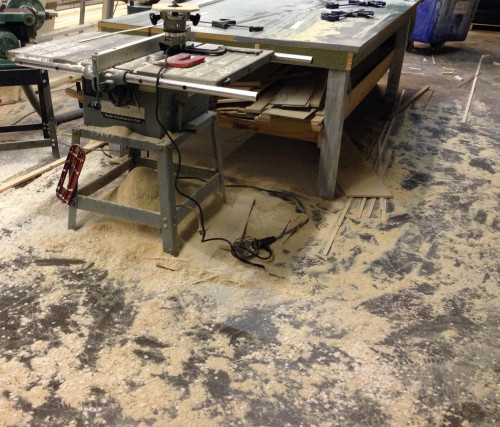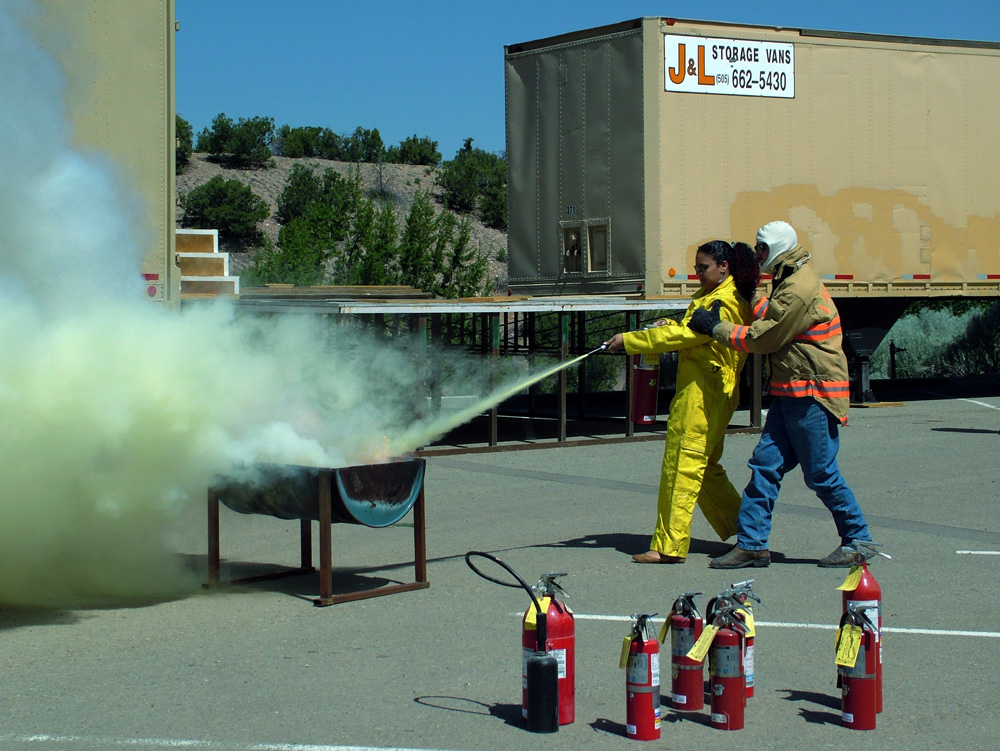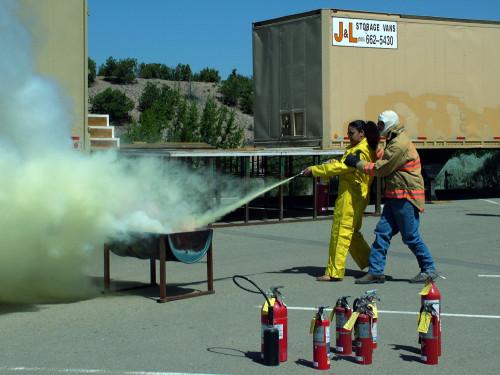What is a retractable knife? We have all seen them at novelty shops or with Halloween costumes. When you push the blade against a surface, it slides up into the handle. When you pull it back, a spring inside forces the blade back out of the handle. With enough speed, it appears that the knife blade is plunging into your body as someone stabs you.
The illusion they create gives many a director the idea to use them onstage in a fight scene. However, they are completely unsafe. Most larger theaters already ban them outright, but many smaller and temporary performing spaces are unaware of how these seemingly innocuous toys become deadly during a stage fight.
If the blade were to press ever so slightly against the opening in the handle, it will bind with enough pressure that the blade will not retract. When that happens, your actor is suddenly plunging a real knife into another actor with enough force to puncture their skin and even their organs. Even the knives with plastic blades will cause fatal damage.
This is an inevitable part of their design; you cannot fabricate a retractable dagger that does not bind, nor can you adapt an existing knife to avoid this problem.
In 1990 at Pentameters Theatre in Hampstead, UK, Dr. Annabel Joyce used a plastic retractable knife while playing Lady Macduff. It failed to retract and she had to go to the hospital. She fortunately recovered.
In 1998, a production of I Pagliacci in Milwaukee saw David Rendall accidentally stab Kimm Julian with a knife that failed to retract. This happened during a day of rehearsal where they had already practiced the scene a dozen times, and were actually running the fight in slow motion with the fight director. Kimm did not realize he had been stabbed at first, but collapsed three or four minutes later. He was rushed to the hospital for immediate surgery and eventually recovered, though he had to be replaced for the remainder of the show’s run.
Also in 1998, Michael McElhatton was stabbed with a retractable during a performance. Before his famed role in Game of Thrones, he was performing in Twenty Grand at the Peacock Theatre in Dublin. His character was tied to a chair and stabbed multiple times by two other actors. He wore a padded vest for protection, and the whole scene was carefully choreographed by a fight director. The show ends with his death, and the actors untied him for curtain call. When he came off, he told one of the actors, “Ow, you really punched me with that last one.” He went on stage for a second bow, then returned to the wing to tell the stage manager, “I think he winded me. I don’t feel well.” He ran out for a third curtain call, then collapsed when he returned to the wings. The blade had jammed and missed the padding, plunging into his chest and missing his heart by an inch.
These are just some of the stories that have made it into the news. Countless other injuries are swept under the rug. You can see why most theaters ban retractable knives. Rick from “Weapons of Choice” even states that insurance carriers will not cover injury claims for a show in which a retractable is used. Even if the injury has nothing to do with the knife, the knife’s mere presence is proof of an unsafe work environment. He recommends destroying any retractable knife, plastic or metal, that you find in your stock.
The University of Michigan recently banned the use of them in performances after their local OSHA representative researched their inherent danger. They also consulted with Monona Rossol, the President of Arts, Crafts, & Theater Safety, Inc., who agreed that retractable blades should be banned at schools of all levels. Perhaps the only type that could conceivably be safe is one with a flexible blade, like rubber, so when the mechanism fails, the blade can bend rather than plunge directly into your lung.
So ban and destroy your retractable knives.

